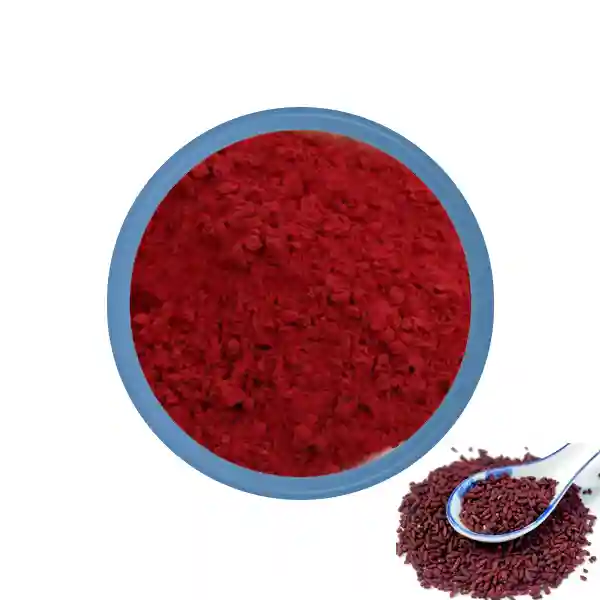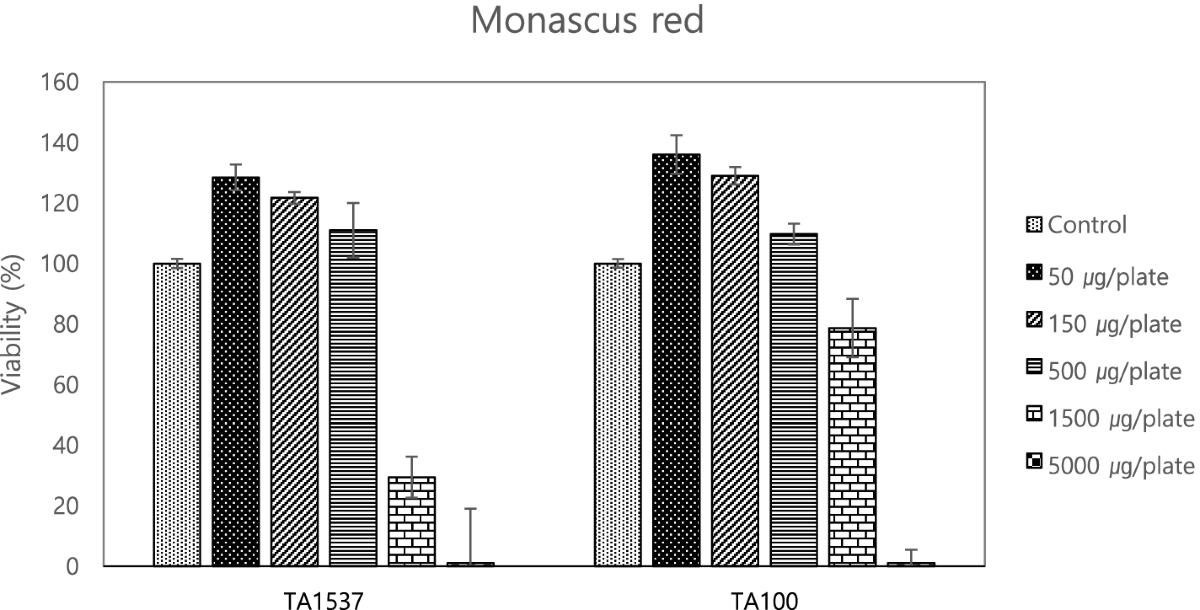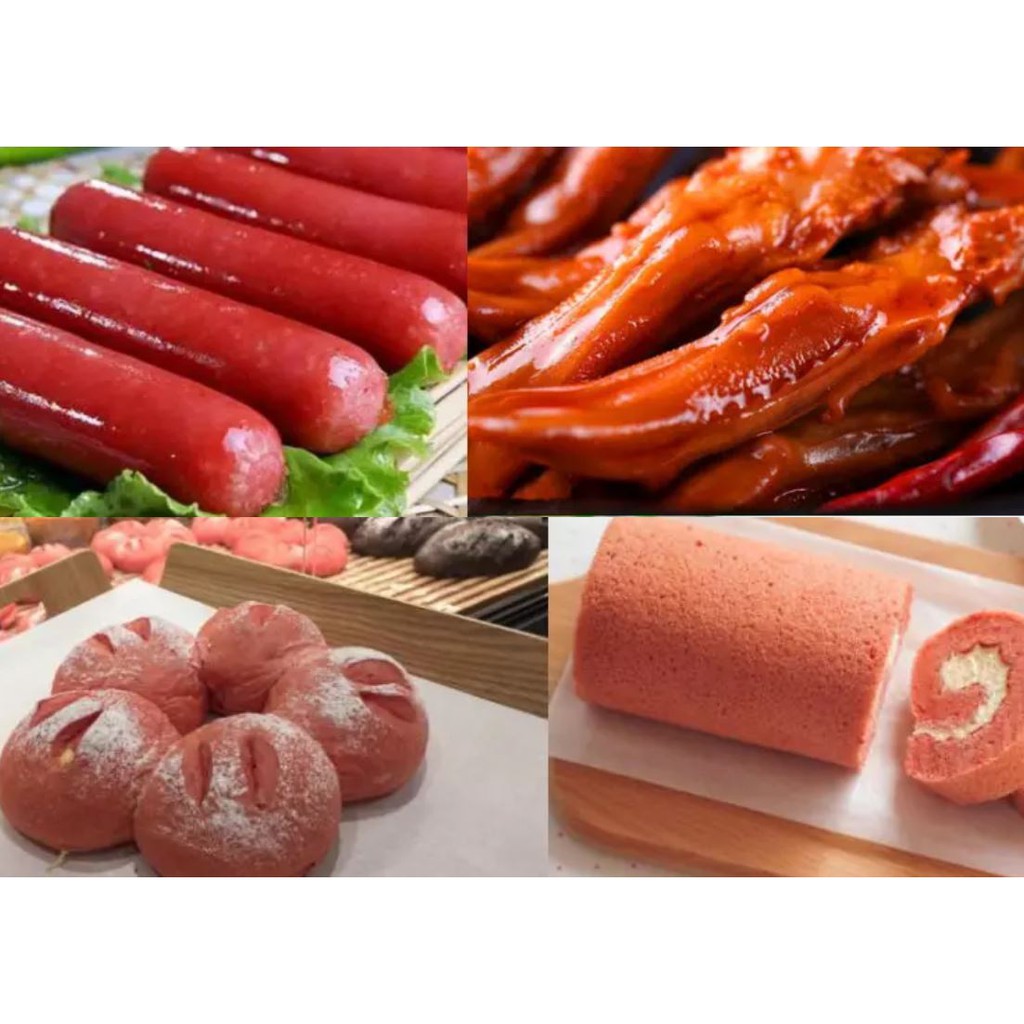Cochineal vs. Monascus: Natural Food Colorants
Natural food colorants are gaining popularity as consumers and manufacturers seek alternatives to synthetic dyes. Among the many natural pigments, Cochineal Red and Monascus Red Powder stand out due to their vibrant hues and extensive applications. Despite their similarities as natural red colorants, they differ in their sources, production processes, and uses. This article explores the key differences between these two natural dyes and their roles in the food industry.
What is Cochineal Red?
Cochineal Red, also known as Carmine (E120), is derived from the dried bodies of the female Dactylopius coccus insect. These insects are native to South America and Mexico, where they live on prickly pear cacti. The red pigment is extracted using a process that involves drying, crushing, and treating the insects with an acidic solution to yield carminic acid, the main coloring component. This pigment is then processed with aluminum or calcium salts to form carmine, which enhances its stability and usability.

What is Monascus Red Powder?
Monascus Red Powder is a fermentation-derived pigment produced by the Monascus species of fungi, particularly Monascus purpureus. This natural red pigment is commonly used in Asian cuisine and traditional medicine. The fermentation process involves culturing Monascus on grains such as rice or soybeans under controlled conditions, resulting in the production of monascorubrin and rubropunctatin, which contribute to its characteristic red hue.

Respective Color Process
Cochineal Red is produced through a meticulous process of insect harvesting, drying, and extraction, followed by further refinement with aluminum or calcium salts to ensure its stability.

In contrast, Monascus Red Powder is created through a fermentation process, where Monascus fungi are cultivated on grains, leading to the development of its rich red color.

Color Stability
Cochineal Red is highly stable, maintaining its color under extreme conditions, including heat, light, and oxygen exposure. This makes it ideal for food and cosmetic applications that require long shelf life.

Monascus Red Powder, however, has moderate stability, with some degradation occurring under prolonged high temperatures. It may require stabilizers or specific processing techniques to maintain its vibrancy.

Acid Stability
Cochineal Red has excellent acid stability, making it highly suitable for acidic food products such as fruit-flavored beverages, dairy products, and confectionery.

Monascus Red Powder, on the other hand, is more sensitive to acidic conditions, and its color may shift or weaken when exposed to low pH environments, requiring pH adjustments for optimal performance.

Application Range
Cochineal Red is extensively used in dairy products, confectionery, cosmetics (such as lipsticks and blushes), and pharmaceuticals. It is also utilized in processed meats, beverages, and baked goods.

Monascus Red Powder is primarily found in fermented foods like red yeast rice, meat products such as sausages, bakery items, and traditional Asian cuisine. It is also used in health supplements due to its potential cholesterol-lowering effects.
Price
Cochineal Red is relatively expensive due to the labor-intensive process of harvesting and processing the insects. Its high stability and broad application range justify its cost.

Monascus Red Powder, being a fermentation-derived product, is more affordable and widely accessible, making it a cost-effective option for food manufacturers, particularly in the Asian market.

Key Differences Between Cochineal Red and Monascus Red Powder
Cochineal Red is an insect-derived pigment with high stability, making it suitable for a wide range of applications in the food, cosmetic, and pharmaceutical industries. Its resistance to heat and acidic conditions ensures its longevity and consistent coloration. However, it is not vegan-friendly and comes with a higher production cost.
On the other hand, Monascus Red Powder is a fermentation-based, plant-friendly alternative that is widely used in Asian cuisines and herbal medicines. While it is more affordable and aligns with vegan preferences, it has lower heat and acid stability, which can limit its usage in certain food products. Additionally, strict quality control is necessary to ensure it is free from harmful mycotoxins.

Conclusion
Both Cochineal Red and Monascus Red Powder offer natural alternatives to synthetic dyes, each with distinct advantages and considerations. Cochineal Red provides excellent color stability and durability, making it a preferred choice in industries that require long-lasting pigmentation.
Monascus Red Powder, however, presents a plant-based option with potential health benefits, though it requires careful monitoring for safety. Ultimately, the choice between these two colorants depends on factors such as product application, cost considerations, dietary restrictions, and market preferences. Whether you prioritize stability or plant-based sourcing, both options serve as valuable natural color solutions for various industries.
References
Francis, F.J. (2000). Colorants: Issues and Current Trends. Critical Reviews in Food Science and Nutrition, 40(6), 481-491.
Downham, A., & Collins, P. (2000). Colouring our foods in the last and next millennium. International Journal of Food Science & Technology, 35(1), 5-22.
Barbosa, R.M., Ruiz, T.V., & Tornisielo, V.L. (2019). Natural food colorants: stability and applications. Food Chemistry, 298, 125069.
Feng, Y., Shao, Y., & Chen, F. (2012). Monascus pigments. Applied Microbiology and Biotechnology, 96(6), 1421-1440.
Amchova, P., Kotolova, H., & Ruda-Kucerova, J. (2015). Health safety issues of synthetic food colorants. Regulatory Toxicology and Pharmacology, 73(3), 914-922.


